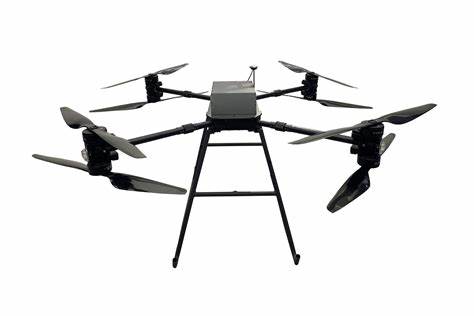Phone:
(701)814-6992
Physical address:
6296 Donnelly Plaza
Ratkeville, Bahamas.

In the dynamic landscape of modern technology, Unmanned Aerial Vehicles (UAVs) have firmly established themselves as game – changers, making significant inroads across diverse sectors with their practical applications. From saving lives in perilous situations to optimizing business operations, UAVs are demonstrating their worth in the real world every day.
In the realm of public safety, UAVs have proven to be a lifesaver. In search – and – rescue missions, time is of the essence. In mountainous regions where a hiker may have gone missing, UAVs equipped with thermal imaging cameras can quickly scan vast areas. The cameras detect the heat signatures of humans, allowing rescuers to locate missing individuals even in the dark or through dense foliage. For instance, in the Swiss Alps, a UAV was able to find a lost climber within hours, a task that would have taken a human search party days due to the challenging terrain.
UAVs are also making waves in the energy sector. In the oil and gas industry, inspecting offshore platforms and long – stretches of pipelines is a dangerous and time – consuming task for human workers. Drones can now be deployed to carry out these inspections. They fly around platforms, using high – definition cameras and ultrasonic sensors to check for signs of corrosion, leaks, or structural damage. A major oil company in the Gulf of Mexico reported a 40% reduction in inspection time and a significant decrease in costs after implementing UAV – based inspections, while also eliminating the risks associated with human divers or technicians working at heights.
In the realm of journalism, UAVs have added a new dimension to storytelling. During major events like political rallies or natural disasters, drones provide a unique bird’s – eye view that was previously inaccessible. Reporters can capture footage from angles that were once only possible with expensive helicopter rides. For example, during a large – scale wildfire, a news agency used a UAV to document the spread of the fire, the efforts of firefighters, and the impact on nearby communities. This real – time and immersive footage not only informed the public but also helped in coordinating relief efforts.
Despite these remarkable applications, UAVs face several challenges in the real – world. One of the most pressing issues is the lack of standardized regulations in many parts of the world. Different countries have different rules regarding flight altitudes, restricted areas, and licensing requirements. This patchwork of regulations can be confusing for UAV operators and may hinder the seamless deployment of drones across borders or in multi – regional projects.
Another challenge is the issue of battery life. Most consumer – grade UAVs have a flight time of around 20 – 30 minutes, which limits their operational range. In industrial applications where longer flights are required, this can be a significant drawback. Additionally, adverse weather conditions such as strong winds, heavy rain, or snow can also ground UAVs, disrupting planned operations.
Security is also a major concern. As UAVs become more connected, they are vulnerable to cyberattacks. Hackers could potentially take control of a drone, interfering with its flight path or stealing the data it has collected. This is especially worrying in applications where sensitive information is being gathered, such as military surveillance or corporate inspections.
Looking forward, to overcome these challenges, the industry needs to focus on research and development. Developing more efficient batteries with longer – lasting power and improving the resilience of UAVs to various weather conditions are key areas for innovation. Governments and regulatory bodies also need to work together to create a more unified and comprehensive regulatory framework for UAVs.
In conclusion, while UAVs have already made a significant impact with their real – world applications, there is still a long way to go. By addressing the existing challenges, UAVs can continue to evolve and unlock even more potential, further transforming the way we live, work, and safeguard our communities.